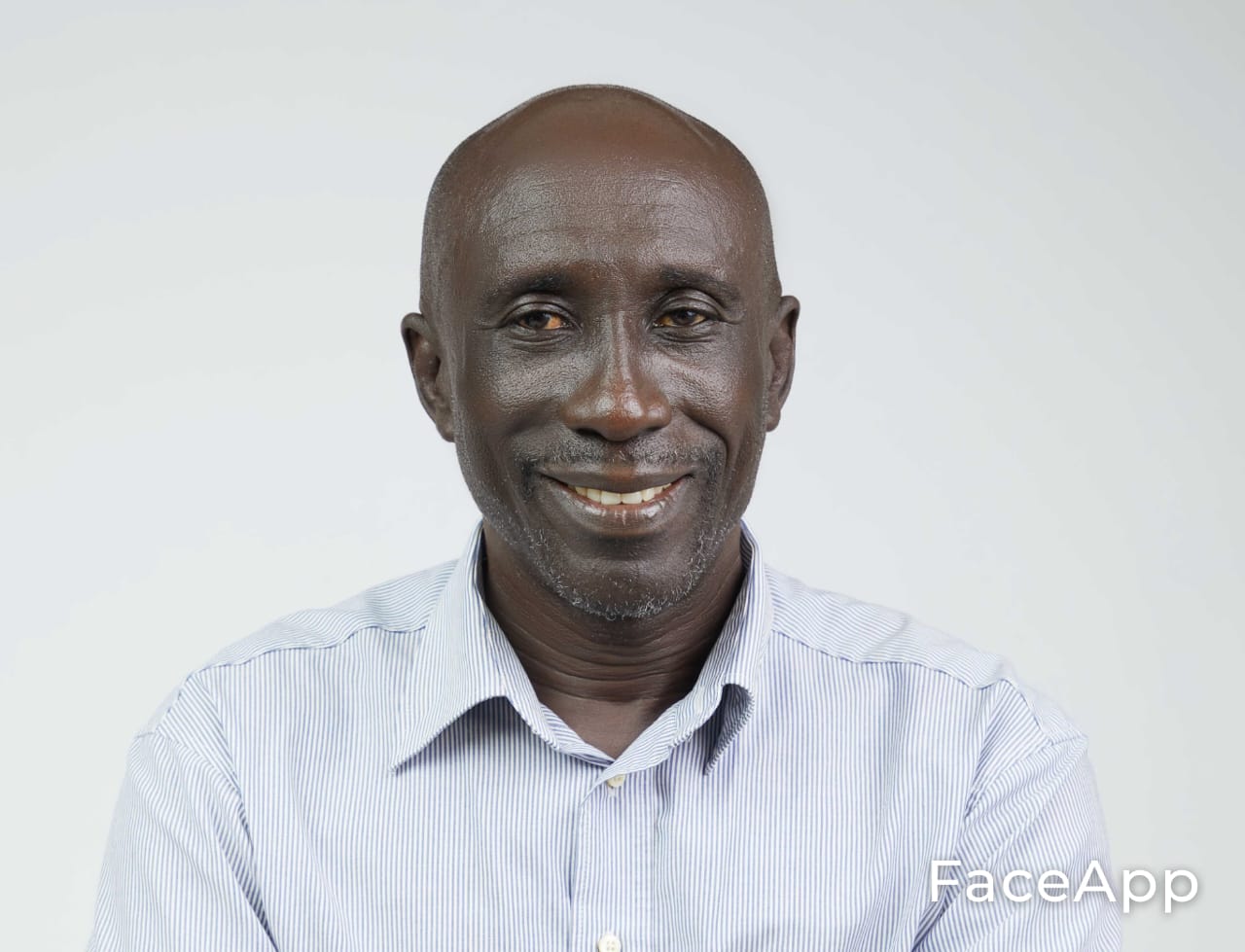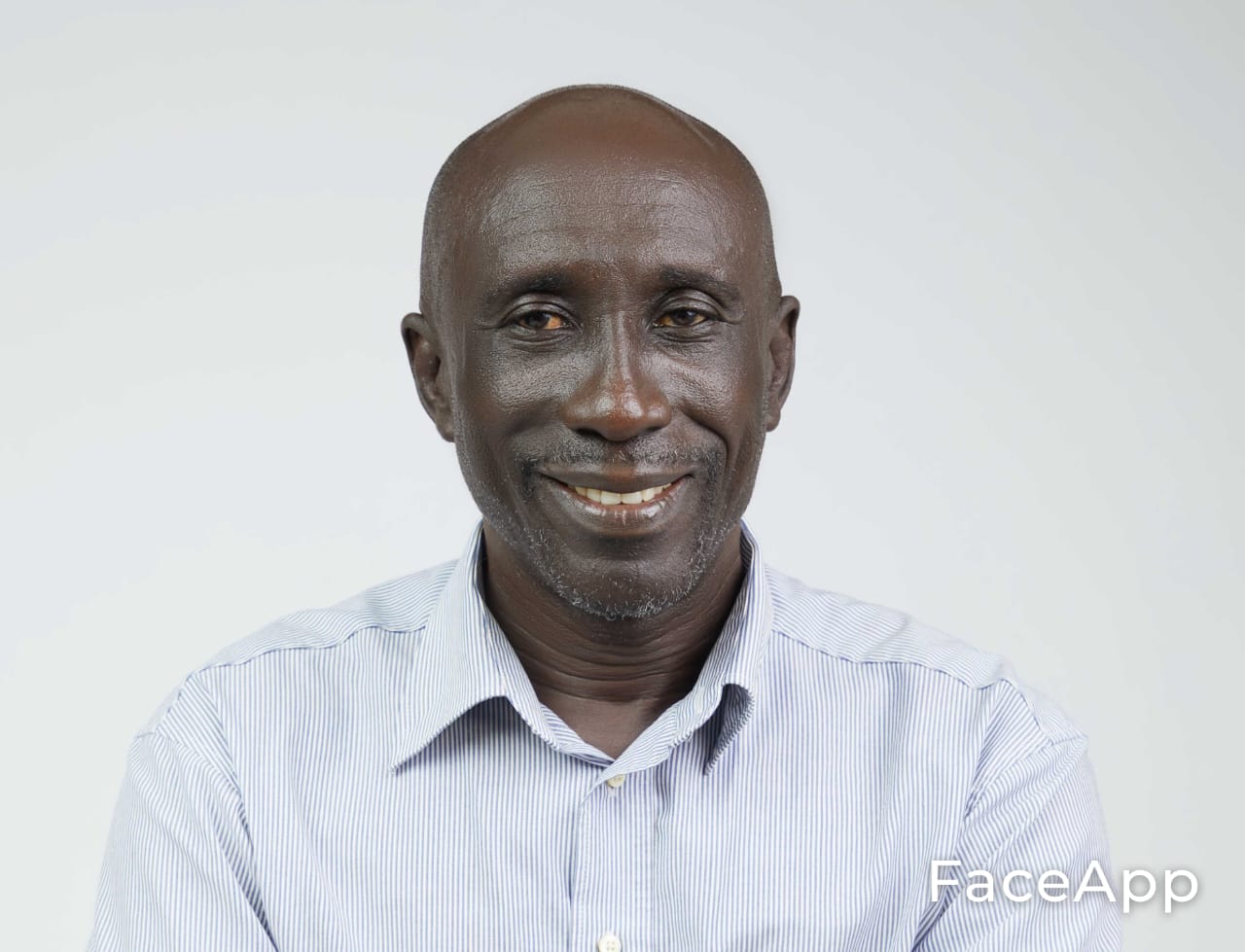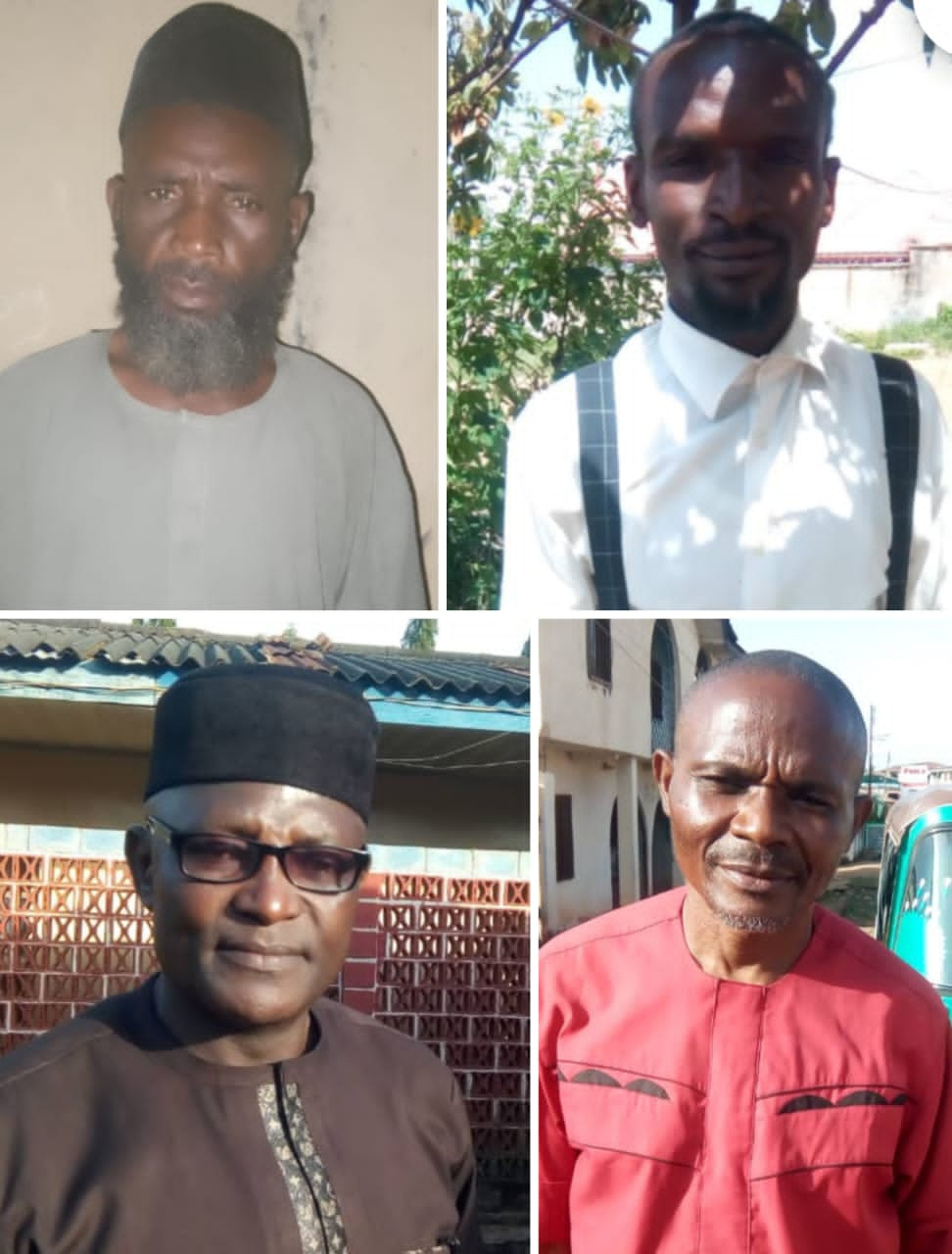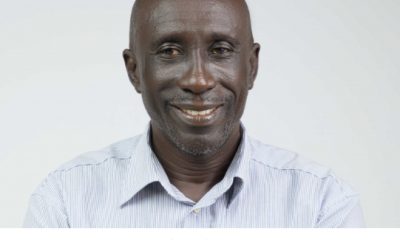Columns
Middle East: A Crossroads of Conflict and Peace, Israeli-Hama’s War in Gaza

Middle East: A Crossroads of Conflict and Peace, Israeli-Hama’s War in Gaza
By:Balami Lazarus
Peace in the Middle East has been the playground of diplomats, prime ministers, and presidents for more than seven decades. Truly, the historical Middle East has been a bowl of conflict, wars, and peace negotiations that have always been a failure over the years. Why ?
This article is not about that, but about Hama, who are in the Gaza Strip as part of the state of Israel. Gaze Strip, as it is known and called. Is a very small portion of land, one of the occupied territories by the state of Israel as a nation, that came into being in 1948 and was governed by the Jewish people. While the occupied territories are where you find a larger and greater number of Palestinians living as their homes in Gaza, while some of the occupied territories put together are run by Palestinian (PA) authority but not as a sovereign nation, Israel and her neighbors, Lebanon, Syria, Jordan, and Egypt, who have been living cat and dog with Israel for ages, are the only recognized independent nations in the Middle East.
Therefore, the Israeli-Hamas war has brought to my attention that little is known by many out there about Palestine and Palestinians as people. My knowledge of the Palestinian struggle is reasonable enough, and I stand to say this: as a young man, I was a diehard supporter of the defunct Palestinian Liberation Organization (PLO), founded in 1964 under the leadership of engineer (Dr.) Yasser Arafat, who died in a plane crash in 2004. But today, the Palastaian struggle is more incendiary than any Read Side Improvise Explosive Device (IED), saturated with mutation—grafting of the struggle by rival groups, human rights organizations, public commentators, and analysts, including the third realm of the estate (the media).
Let me take you back a bit. Some 37 years ago, in 1986, a secret historical meeting took place in Hebrom, south of Bethlehem, where seven men came up with the idea of an organization. These men were: Sheikh Ahamed Yassin; Mohammad Jamal al-Natsheh from Hebron; Jamal Mansur from Nablus; Sheik Hassan Yassef from the West Bank; Mahmad Muslin from Ramallah; Jamil Hamani from Jerusalem; and Ayama Abu Thaha from Gaza. Hamas was born with the main objective of fighting for the liberation, rights, and independence of Gaza as the armed wing of the Palestinian people. How do I know this? One may be tempted to ask. I was privy to what happened in the PLO; today, the PLO is no longer in the picture of happenings in Palastiane.
Hamas, as a radical or armed organization, started an intifada (civil disturbance) in the occupied territories in 1987. Hamas has no leadership hierarchy, is not organized, and lacks fundamental objectives that will attract world attention for peace talks in the Middle East. “Hamas was largely driven by the ideology of Islamic jihad to awaken, unify, and mobilize the Palestinian people under the banner of Allah and Islam”.
***Balami is a publisher and columnist.
Middle East: A Crossroads of Conflict and Peace, Israeli-Hama’s War in Gaza
Columns
The Plights of ‘Certificate Graduates’ Who Read and Refused to Study (2)

The Plights of ‘Certificate Graduates’ Who Read and Refused to Study (2)
By: Balami Lazarus
This is the conclusion of the work on the subject above.
Universities are the highest level of academic teaching and learning, where students are trained in different educational courses and awarded degree certificates. Universities are also centers of research, science, technology, and innovation. Therefore, a qualified and competent university graduate is a universal product who is supposed to stand tall and proudly defend his learning anytime, anywhere.
The bastardization of university degree certificates is aided and abetted by both academic and non-academic staff who probably might have been employed through the back doors. Likewise, many of their students. You can now freely connect the chain of corruption with its forward and backward leakages anchored in our university systems: recruitment and admission. Tell me, don’t you think that grades and certificate racketeering are more feathered?
The craze and demands for degree certificates in the labor market by employers have raised and increased the graduations of ‘certificate graduates’ at all costs by all means over the years. I heard of a story, which I am yet to verify, that a certain private university once certified and graduated many first-class graduates. For me, this is not an academic progress but a questionable act. Similarly, if you were to put them to the test in their various courses of study, you would concur with me and ask how it is possible to have such a number of supposedly first-class graduates.
The plights of ‘certificate graduates’ are self-inflicted by students who are not the serious type by all standards. If you are to do a background check on them and schools attended before their admission into the university of their choice, the story you will hear about them will definitely attract vultures.
This problem has since permeated faculties, departments, schools, and colleges of our universities where ‘certificate graduates’ are produced. Some universities have become exchange floors where you exchange your flaws for a degree certificate, which shall be given to you. And that marks the plights of such graduates.
Most of them are not helpful to themselves, always dependent on others for things you expect university graduates should know and do.
My work experience as a one-time school administrator of a private school in Narabi, Bauchi State, where I had related to, associated with, and managed ‘certificate graduates’ of the Corps on National Service (NYSC). Working with some of them was a woe of tales, because teaching was their primary duty. I pitied them.
That one experience has given me an insight into how some universities are churning out bad graduates for public recruitments.
These manners of graduates cannot work or attempt to work with good results-oriented corporate organizations where your productivity is the ladder of upward mobility.
Public and private educational institutions should join hands with relevant authorities and stakeholders to formulate a template for a sound and credible working system where students will be properly and genuinely certified as graduates.
Balami, a Publisher/Columnist 08036779290
The Plights of ‘Certificate Graduates’ Who Read and Refused to Study (2)
Columns
The Plights of ‘Certificate Graduates’ Who Read and Refused to Study (1)

The Plights of ‘Certificate Graduates’ Who Read and Refused to Study (1)
By: Balami Lazarus
It’s the hope and aspirations of many young Nigerians, male or female, to acquire and have a sound basic academic qualification, preferably a degree, that he/she can reasonably defend in character and in learning. And productively add value to his society and self.
As a certified graduate with a degree certificate? Are you competent to defend your educational qualification at any point in time? A competent university graduate has the knowledge and intellectual capacity to speak, defend, and be proud of his academic discipline. Such graduates are well baked.
I am not in any way undermining other good graduates from other tertiary educational institutions who are capable and able to be called graduates.
Why am I specific with university graduates? It has to do with my experiences in recent times with some of them that have no measure of basic knowledge of their course of study, talk less of general knowledge. This class of graduates lacks knowledge and understanding of their academic discipline; they are behind in confidence, basking in timidity. They are always found wanting in multiple dimensions as so-called graduates. What a shame!
Now let’s begin to see the plights of a ‘certificate graduate.’ What is your name, young man? My name is Takulash. What did you study? I read political science. You read, not studied, yes sir. No wonder you cannot defend your degree certificate and its class? This is one scenario that is common in an interface with a ‘certificate graduate.’
I was privileged to be on interview panels where I engaged graduates both written and orally. Of late, many university graduates are only certificate carriers without simple knowledge of what they claimed to have studied. What has contributed to these problems? This question has been on the lips of concerned citizens and stakeholders. Some said there is a fall in standard. Others hinged on corruption practices in our educational institutions. Whatever the challenges or
the problems are? I will attribute it to the negligence of our educational system, corruption, and the proliferation of private universities in Nigeria. Basically I will say for business purposes.
Another major reason that has brought up the issues of ‘certificate graduates’ is the poor educational backgrounds of pupils, right?
from primary schools that have been neglected and left unattended, the case of public primary and secondary schools that are feeders to higher educational institutions are not cared for. With a poor educational background, how can students perform to the expectations of the universities and be productive to society as proud and competent university graduates?
My heart bleeds whenever I interface with such graduates that cannot justify their degree certificates. They are the ones that just passed through the ivory tower without any meaningful academic/intellectual gains. Many of them were corruptly aided by their teachers and supported by their parents, a common factor in most private universities where academic programs have been commercialized, including grades for monetary exchange.
These undergraduates cannot stand on their own. They are always looking for someone to do their academic work/assignments. Are you aware that ‘certificate graduates’ cannot fill out a simple form or apply for a job and/oranswer general knowledge questions in an interview?
In fact, ‘certificate graduates’ cannot withstand the challenges of society and her labor market. Many of them are not brilliant but are full of strange and criminal behaviors, and they can do anything to obtain their certificates. They have refused to allow the university to pass through them.
The Plights of ‘Certificate Graduates’ Who Read and Refused to Study (1)
Columns
Public Mouthpiece, Politicians, and Grassroots Mobilizers: Holding Leaders Accountable for Good Governance and Peaceful Coexistence

Public Mouthpiece, Politicians, and Grassroots Mobilizers: Holding Leaders Accountable for Good Governance and Peaceful Coexistence
By: Balami Lazarus
For some time NEWSng has been waving aside the idea of writing on these popular patriotic individuals who are public mouthpiece politicians and grassroots mobilizers that have taken upon themselves to contribute their quota consistently on radio by holding elected leaders accountable and demanding good governance and peaceful coexistence on the Plateau and in Nigeria at large.
It is interesting to know if a media known for featuring and reporting positive developments should allow such important contributions to our democracy with clear objectives for good governance to go down the drain.
Therefore, these men are like the old English musketeers famous for their bravery and professional acts of protection of kings in medieval Europe. These respected individuals are for the public interest, advocating for good governance at all levels through their voices.
They are public mouthpieces, spokesmen for and on behalf of the public who are always calling the attention of elected leaders to challenges faced by the citizens who voted them into power in the political democracy on the Plateau through some radio programs.
The contributions of these patriotic citizens for holding our leaders accountable for good governance in order to make Nigeria better serve as the lighthouses of our democratic growth and development.
If you were to listen to them, you would agree that they are passionate about good governance/dividends of democracy and peace on the Plateau and in Nigeria. They are not critics; they don’t attack, but their actions and opinions/views are raw and painful but are the truth that cannot be denied because they are necessary for the government and other leaders who need to consider them and begin to act to bring developments for the citizens.
NEWSng decided to limit this work to only five in spite of numerous contributors to the radio programs. Musa Kalu, Ada Onugu, Comrade Dadong Antibas, Hon. Omenaka Jude Sat, and Sadiq Umar, whose voices are the true representations of the grassroots. Their voices are cries of the Nigerian masses for dividends of democracy. Ultimately they are holding democratically elected leaders accountable in the present democratic dispensation.
Speaking to them individually on why they are passionate about holding elected leaders accountable. However, they spoke from different angles of developments. Ironically, they are all on the same page demanding good governance and peaceful coexistence among the Nigerian citizens.
Musa Kalu is always on the path of peaceful coexistence without any sentiments. ‘As a Nigerian, I am for peaceful coexistence, progress, and development. Nigeria belongs to all of us in respect of religion, ethnicity, and geographical location. Hon. Jude Sat said that as a public mouthpiece, they will not close their eyes where the government is not doing the needful. ‘I will continue to speak for a better Plateau and Nigeria and for the future generations.’
These individuals are refined politicians in their own right with a strong political hold on their wards/communities. Reliable sources have it that Governor Caleb Manasseh Mutfwang received bulk votes in Jenta/Apata wards, among other wards in Jos, because of the handiworks of some of the public mouthpiece politicians and grassroots mobilizers.
On security bedeviling the state and the country at large, they unanimously said that unless and until the government takes decisive actions on the security challenges, there will be no good governance.
Dadong Antibas said, ‘We will continue to speak and hold our leaders accountable at all times. I have received threats, but that has not stopped my voice…. I have been speaking on state and national issues for years.
Furthermore, Sadiq Umar said that citizens of the state have come to confide in them to speak and call the attention of the government and other elected leaders to their plights. Holding our leaders responsible and accountable…is my responsibility, including you.
Attempts to meet and speak with Ada Onugu failed. However, investigations revealed that their voices are meant to check the activities of government and elected leaders on the Plateau. Their hold on their wards/communities as public mouthpiece politicians and grassroots mobilizers is laudable. Thus, elected leaders and aspiring politicians on the Plateau are beginning to align and key into their popularity at the grassroots.
They all acknowledged the wonderful works of Governor Caleb Manasseh Mutfwang for his efforts in providing dividends of democracy through good governance.
Public Mouthpiece, Politicians, and Grassroots Mobilizers: Holding Leaders Accountable for Good Governance and Peaceful Coexistence
-

 News2 years ago
News2 years agoRoger Federer’s Shock as DNA Results Reveal Myla and Charlene Are Not His Biological Children
-

 Opinions4 years ago
Opinions4 years agoTHE PLIGHT OF FARIDA
-

 Opinions4 years ago
Opinions4 years agoPOLICE CHARGE ROOMS, A MINTING PRESS
-

 News2 years ago
News2 years agoEYN: Rev. Billi, Distortion of History, and The Living Tamarind Tree
-

 News7 months ago
News7 months agoFAILED COUP IN BURKINA FASO: HOW TRAORÉ NARROWLY ESCAPED ASSASSINATION PLOT AMID FOREIGN INTERFERENCE CLAIMS
-

 ACADEMICS2 years ago
ACADEMICS2 years agoA History of Biu” (2015) and The Lingering Bura-Pabir Question (1)
-

 Columns2 years ago
Columns2 years agoArmy University Biu: There is certain interest, but certainly not from Borno.
-

 Opinions2 years ago
Opinions2 years agoTinubu,Shettima: The epidemic of economic, insecurity in Nigeria




